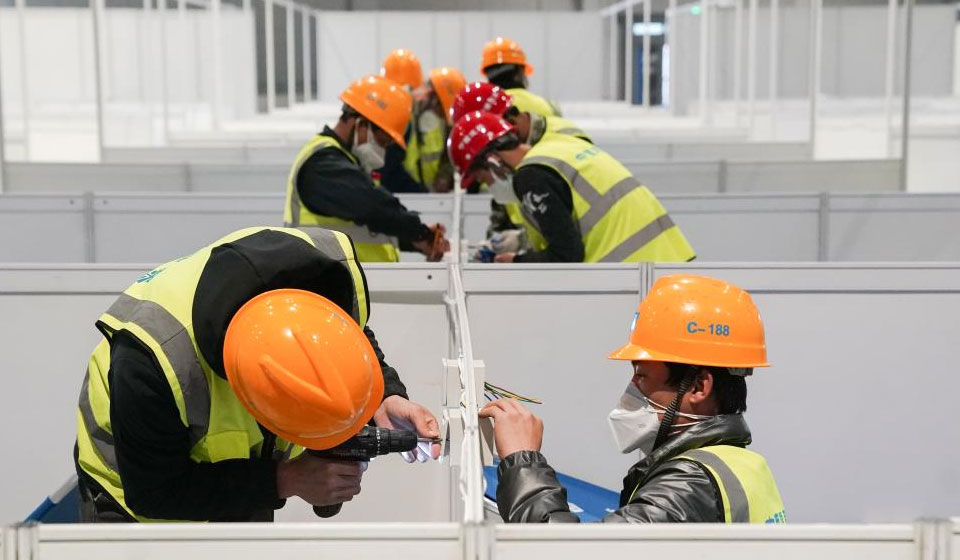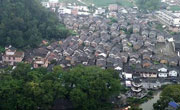Destiny between me and calligraphy
Editor’s note: This year marks the 40th anniversary of China’s reform and opening-up, and huge changes have been made in Beijing, capital of China, over the past 40 years. We have invited 40 foreign experts to participate in a series of interviews named “New Era, New Insight” jointly hosted by GMW.cn(The official website of Guangming Daily) and the Information Office of Beijing Municipality and share their “Beijing Stories”. The following is a part of the interview with a freelance art historian and an artist, Elisabeth A. Jung Lu.

My name is You Li (Elisabeth A. Jung Lu), I’m from Switzerland.
I’m a freelance art historian and an artist. I’m focusing on calligraphy.
The first time I came to Beijing was in1990. It was purely for sight-seeing. Beijing was not a very big city then. You could see people riding bikes everywhere.
And now I prefer to go for a walk at Zizhuyuan Park. I can see people in the park, playing cucurbit flute, and dancing, especially the elderly people. I enjoy staying there.
Beijing has become a very international city. And it is even more modern than Europe in some aspects of everyday life, which is appealingn e.
If we want to describe Beijing in terms of chirography of calligraphy, Beijing is just like the regular script in Chinese calligraphy. Because Beijing, as the national political center, is more rigorous than other cities, which is also reflected in daily life.
The relationship between me and calligraphy is just like what the Chinese scall “Yuanfen” (destiny). It’s hard to telluy. It’s just like a person slooking for something about which he wasn’t sure, then he suddenly found what he really wanted. I didn’t know what I really want until I came to China Academy of Art, and suddenly I know what I really want to do.
I met my husband at China Academy of Art. He was also studying calligraphy. Although we are from different cultures, we have the same love for calligraphy. So our love stories will not be perfect without calligraphy.
Actually calligraphy is one root of Chinese culture. However, calligraphy has no boundaries, so it’s not hard for western people to study calligraphy. Everyone can learn the beauty of the rhythm and the art of lines in Chinese calligraphy.
Beijing, like many other cities in China, has very interesting inscriptions. Many famous calligraphers in Chinese history like making inscriptions for businesses or buildings on their nameboardss.
Wherever you go, you can learn some history of modern calligraphy. My husband has a game, when we get somewhere, he would ask who wrote the inscription, what is the style of the calligrapher. And in Beijing, those inscriptions are like a compass or road signs, without whichr people tmay have difficulty finding their way home.

















Comments are filtered for language and registration is not required. Guangming Online makes no guarantee of comments' factual accuracy. By posting your comment you agree to our house rules.